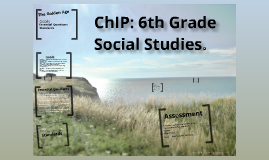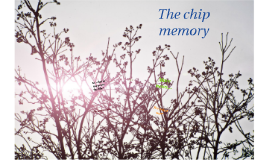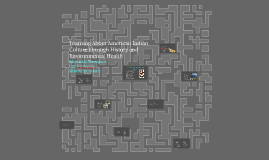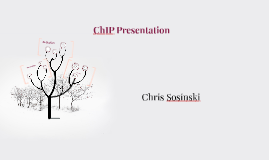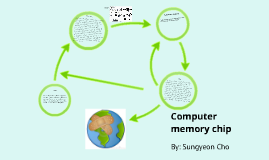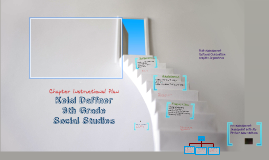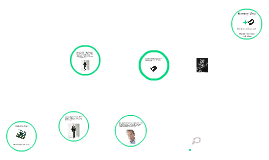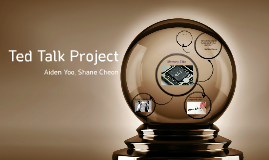ChIP Presentation
Transcript: Block Plan Critical Thinking Paradigm 3 Levels: Checking Understanding CARI 2. What problems developed for American society during the 1920's? ChIP Presentation Reading Standards for Informational Text: Integration of Knowledge and Ideas Details of the Preparation Stage Determining background knowledge Retention Reflection Lesson Plan Reading Autobiography Vocabulary Lesson Questions Inventory of Reading Interests Civil War to Present Students will be loyal to their morals even when circumstances in life change. Vocabulary Lesson Lesson Plan for Preparation B.12.1 Explain different points of view on the same historical event, using data gathered from various sources, such as letters, journals, diaries, newspapers, government documents, and speeches Study Systems Three Level Guide Study Systems Idea Bank Technology Standards Graphic Organizer Idea Bank The Chapter Instructional Plan, an artifact from EDU 431, Content Area Literacy that supports standard 7. It demonstrates the ability to plan in depth, long and short term, lessons and literacy activities for a chapter. Planning and organization are key factors in effectively reaching all students in the classroom. A teacher demonstrates the skills of long and short term instructional planning though the use of the ChIP. While incorporating literacy and multiple modalities, the ChIP serves as an in depth guide for planning a chapter in my classroom. Vocabulary Lesson Demonstrating learning IRI Subject: Social Studies (History) Topic: The Roaring Twenties Grade: 11th Meeting Days and Times: M-F 8:00-8:50 C.12.4 Demonstrate self-motivation and increasing responsibility for their learning • make decisions about group and classroom projects and learning objectives • identify topics for independent study to meet individual learning needs and interests • develop and apply criteria for judging success of learning projects • establish goals, plans, budgets, and timelines for completing a project • recognize gaps in personal knowledge and apply strategies for addressing them • evaluate progress and quality of personal learning • articulate personal goals in pursuit of individual interests, academic requirements, and career paths Overcoming text problems Goals: B.12.2 Analyze primary and secondary sources related to a historical question to evaluate their relevance, make comparisons, integrate new information with prior knowledge, and come to a reasoned conclusion Study System Independent Learning Study Systems A class of 28 students consisting of 17 Caucasian, and 9 Hispanic, who all come from the upper middle class. 15 males, 13 females. There are no students with IEPs. Chris Sosinski Students will know the key social traditions of the 1920's. Extending the reading experience Assistance Critical Thinking Paradigm Building background knowledge Vocabulary Lesson 3. What cultural practices from the 1920's are still used today? Students will explain how the Red Scare affected the thoughts of Americans towards the growing immigrant populations. Reading Standards for Informational Text: Key Ideas and Details Details of the Reflection Stage B.12.6 Select and analyze various documents that have influenced the legal, political, and constitutional heritage of the United States Standard 7: The teacher possesses knowledge of educational foundations and skills at instructional planning. 1. How did American society change after the conclusion of WWI? Final Assessment Prentice Hall America: History of Our Nation Reflection Rationale: Dispositions Preparation Question Answer Relationship Students will thoroughly describe the characteristics of jazz music and explain what made it such a popular genre. Reading Autobiography CARI Assessments Preparation Building comprehension QAR Evaluation Cube Assistance Lesson Plan Reading/Language Arts Standards Reflection Three Level Guide B.12.8 Recall, select, and explain the significance of important people, their work, and their ideas in the areas of political and intellectual leadership, inventions, discoveries, and the arts, within each major era of Wisconsin, United States, and world history Textbook Skills Graphic Organizer Content Area Inventory Assistance Three Level Guide Knowledge B.12.7 Identify major works of art and literature produced in the United States and elsewhere in the world and explain how they reflect the era in which they were created B.12.9 Select significant changes caused by technology, industrialization, urbanization, and population growth, and analyze the effects of these changes in the United States and the world Three Level Guide Perspective Cube Students will have a greater appreciation for the freedoms they have as American citizens. QAR History Standards B.12.3 Recall, select, and analyze significant historical periods and the relationships among them Details of the Assistance Phase 7. Integrate and evaluate multiple sources of information presented in different media or formats (e.g., visually, quantitatively)






